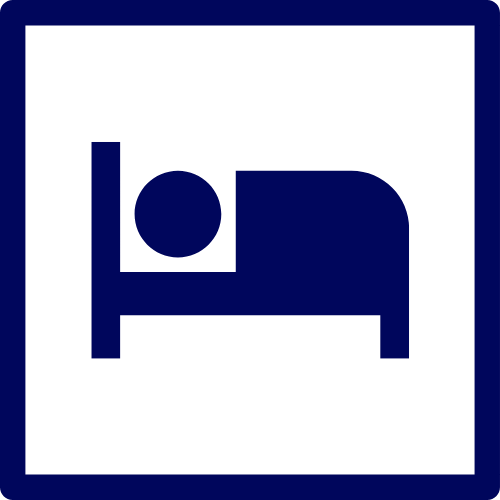
Reggie Edgerton PhD
Emeritus Professor, Department of Neurobiology, UCLA
Abstract
Exposure of Unrecognized Systemic Adaptive Physiological Mechanisms has Provided a Robust Platform for Greater Recovery Post Paralysis
The significance of the spinal circuitry in controlling postural and locomotor functions largely reemerged in the mid-1970s under the leadership of Sten Grillner, demonstrating key phenomena of “central pattern generation” and “fictive locomotion” with an evolutionary perspective. These concepts raised the question of how much function can be recovered after paralysis, given the intrinsic automaticity of spinal networks in injured and uninjured states in adults. I will review briefly point out some key systemic physiological mechanisms governing spinal-supraspinal control of movements such as posture and locomotion. These concepts that have evolved, particularly over the past four decades. I will propose that multiple combinations of sensory mechanoreceptors generate functionally composite ensembles from which an infinite number of unique sensory ensembles, having species-specific meaning and extensive influence in controlling posture and locomotion. These sensory ensembles are translated as a probabilistic phenomenon into highly specific but indeterminate actions. Therefore, we opine that spinal translation of these ensembles in real-time plays a central role in defining the details of the temporal patterns of all motor pools that participate in a given movement and therefore ineffective finds the movement that is generated. The significance of a design of the neural networks that can function with such a high level of automaticity and how this plays into potential strategies to recover motor dysfunctions will be discussed.
Bio
Professor Edgerton received his PhD in Exercise Physiology with a focus in comparative systems biology from Michigan State University and is the Co-Director of the “Broccoli Impossible to Possible Lab” of the Rancho Research Institute and a member of the Department of Neurological Surgery and the USC Neurorestoration Center. His research is focused on how movement is controlled and how the neural networks in the spinal cord and brain regain control of posture, locomotion and autonomic functions after paralysis. Some of the mechanistic targets that underlie this neuromuscular plasticity of neural networks when imposing activity-dependent interventions in combination with techniques to neuromodulate different states of plasticity after spinal cord injury and chronic neuromuscular dysfunctions will be discussed.






















